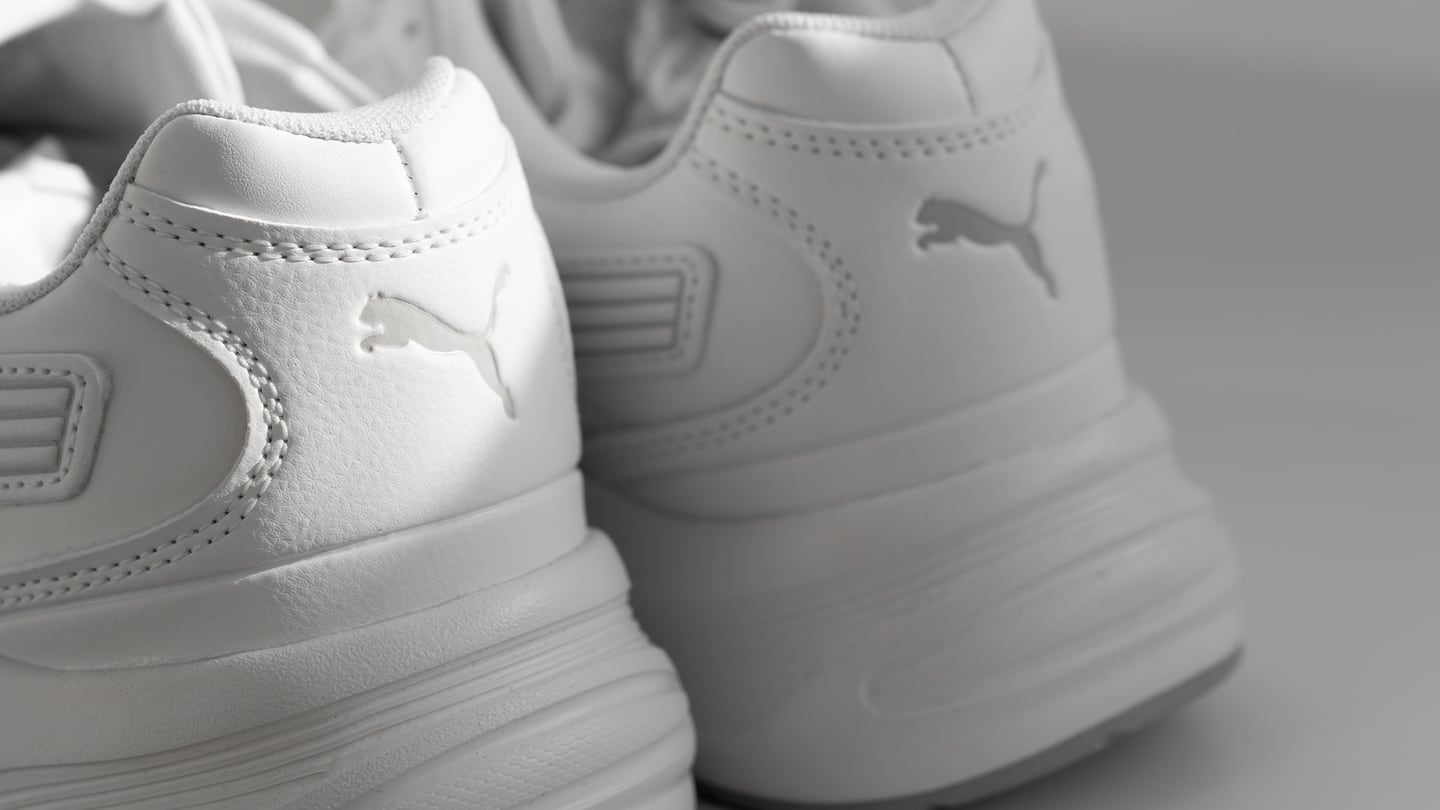
The Business of Fashion
Agenda-setting intelligence, analysis and advice for the global fashion community.

Agenda-setting intelligence, analysis and advice for the global fashion community.

Meeting new European Union requirements for corporate reporting on sustainability is a challenge, sportswear brand Puma’s head of sustainability said on Wednesday, ahead of what he called an “avalanche” of regulation in the bloc.
“We are nowhere near being able to fulfil the requirements of CSRD,” Stefan Seidel said on a panel at the Reuters Impact conference in London, referring to the EU’s Corporate Sustainability Reporting Directive.
Seidel said this was despite Puma reporting on sustainability for 20 years. “So I think it’s maybe a bit over the top,” he said.
Companies will have to comply with the directive — which requires them to analyse environmental risks, set targets, and get sustainability reports externally audited — in the 2024 financial year for reports published in 2025.
ADVERTISEMENT
Seidel said Puma collects data from its tier one and two suppliers on emissions, energy, water consumption and waste creation, as well as social data like staff turnover and wages.
He said the company had cut its emissions by 9 percent from 2017 to 2022 while doubling its business.
By Helen Reid; Editors: Louise Heavens and Jan Harvey
Learn more:
What American Fashion Wants From Sustainability Regulation
The industry’s biggest US trade groups are backing a Californian push for greater corporate climate disclosure. The move puts fashion ahead of many other sectors on a politically charged topic, but reporting alone won’t fix the industry’s sustainability challenges.
Textile-to-textile recycling technologies could be a climate game changer for fashion’s environmental footprint. But like renewable energy, they need state support for market efforts to scale, argues Nicole Rycroft.
More than a year after the ultra-fast-fashion company said it would tackle issues of unlawful overtime, 75-hour weeks remain common in its supply chain, Swiss watchdog Public Eye found.
A study published this week found traces of cotton from Xinjiang in nearly a fifth of the products it examined, highlighting the challenges brands face in policing their supply chains even as requirements to do so spread to raw materials from diamonds to leather and palm oil.
Overconsumption and fast fashion have become easy targets for brands flexing their climate-friendly attributes. Consumers may agree with the message — but take issue with a self-righteous tone.